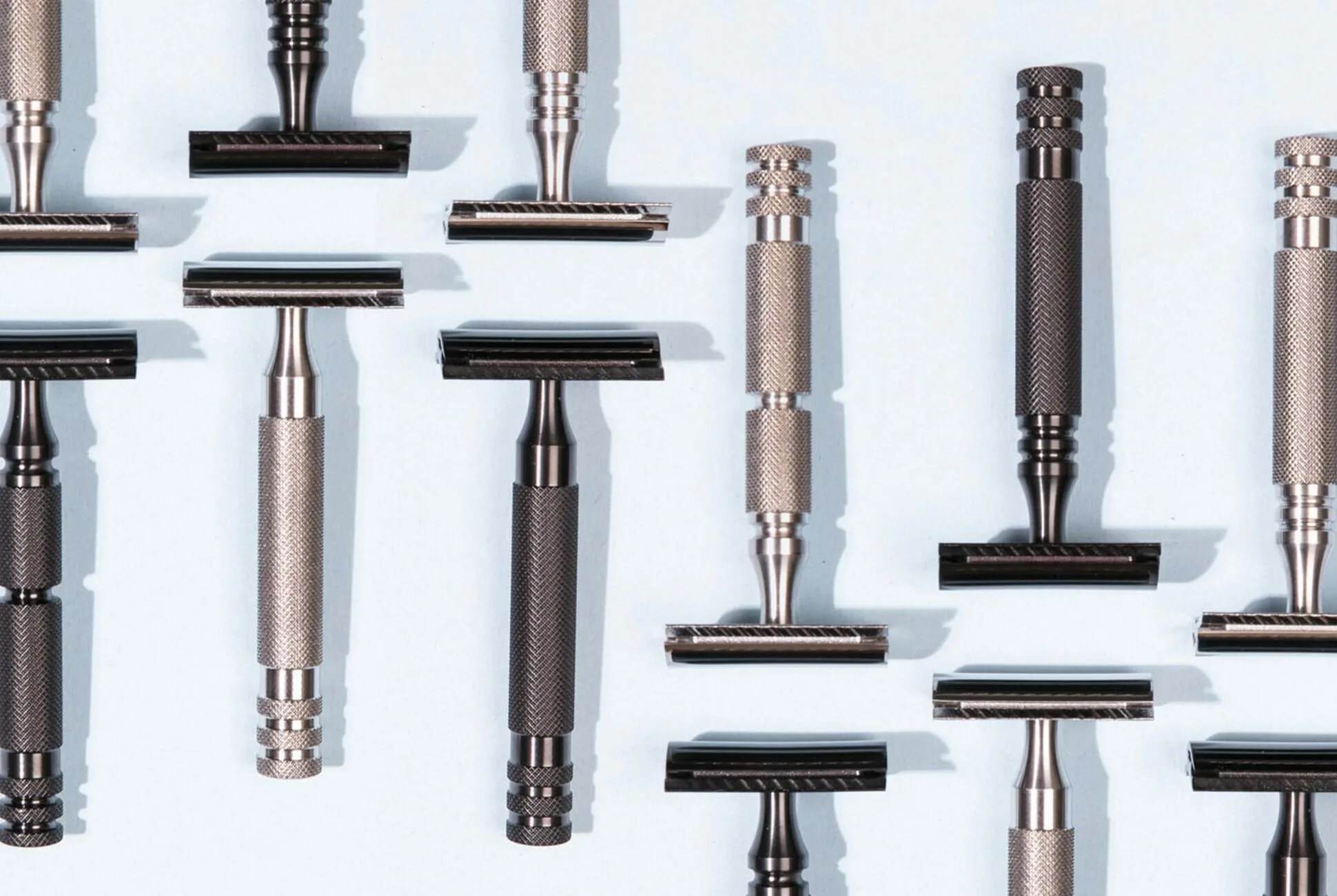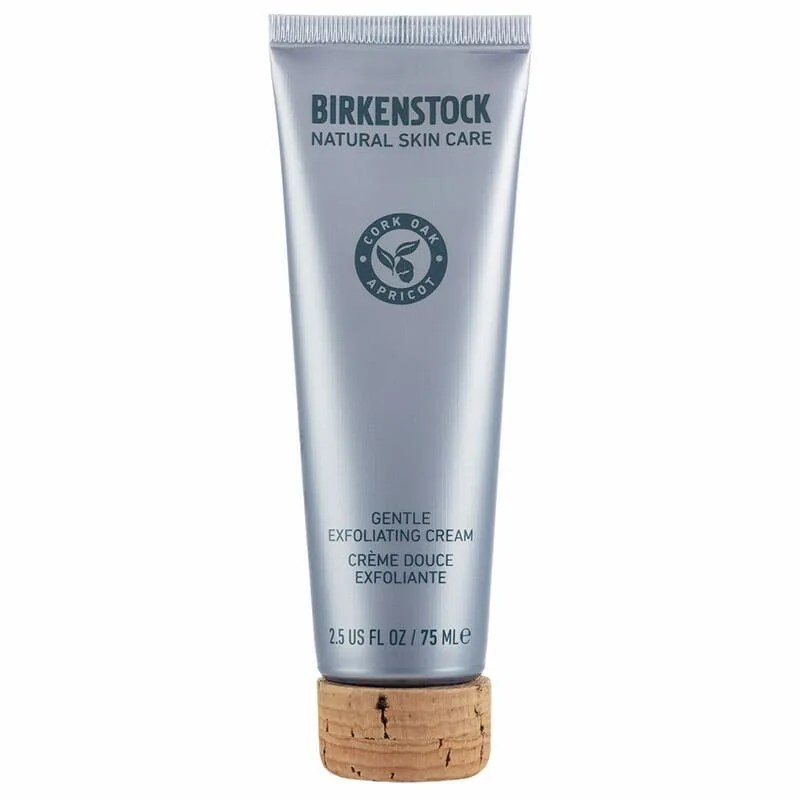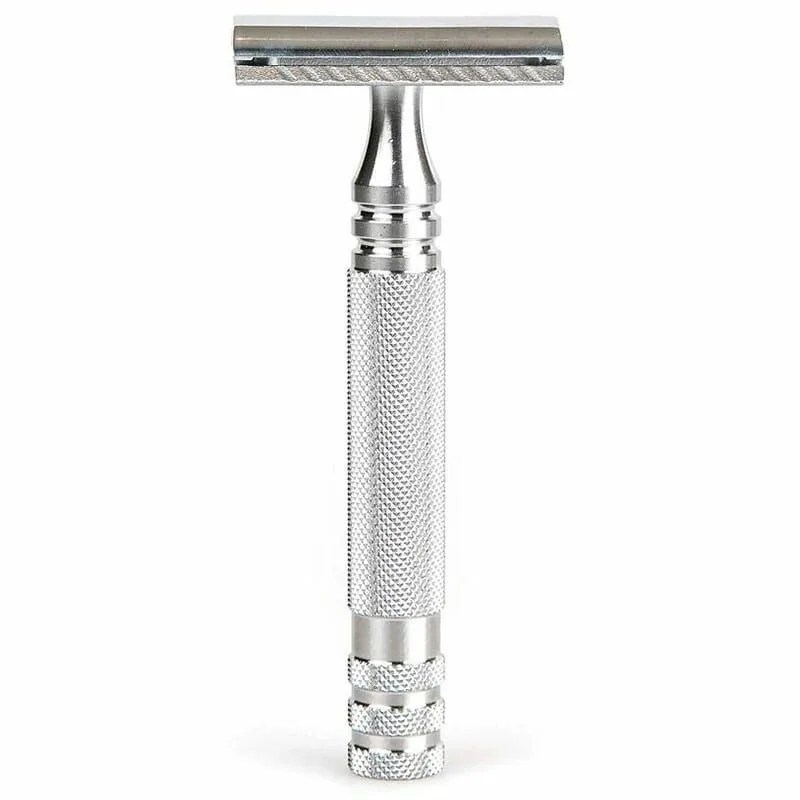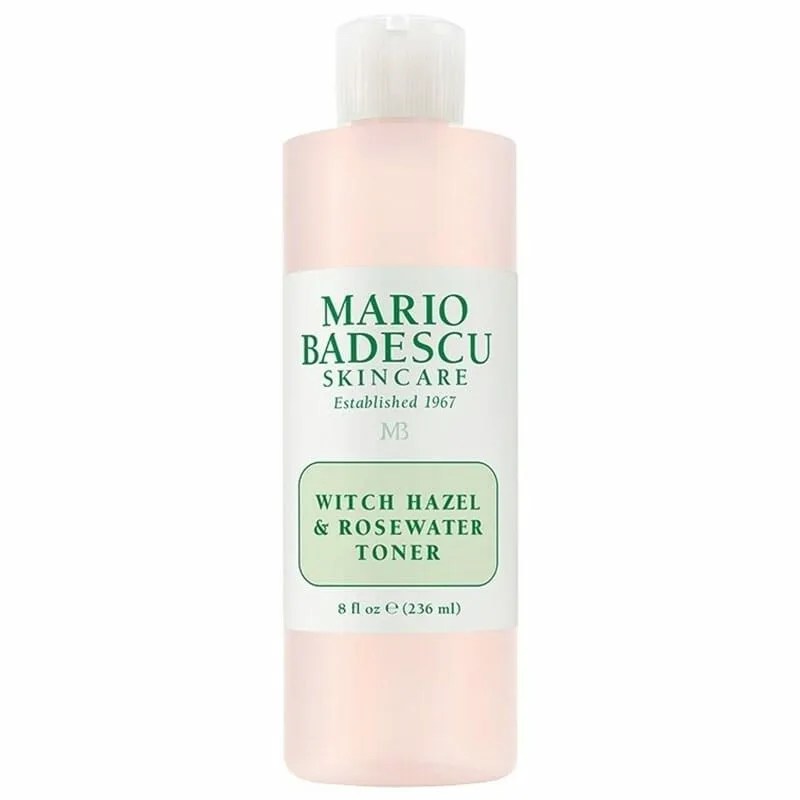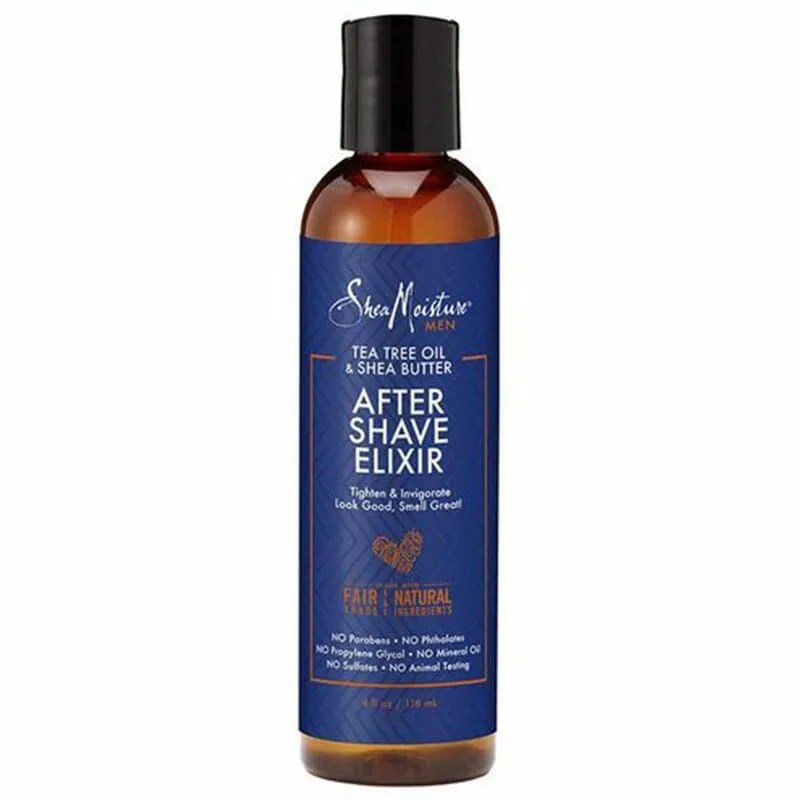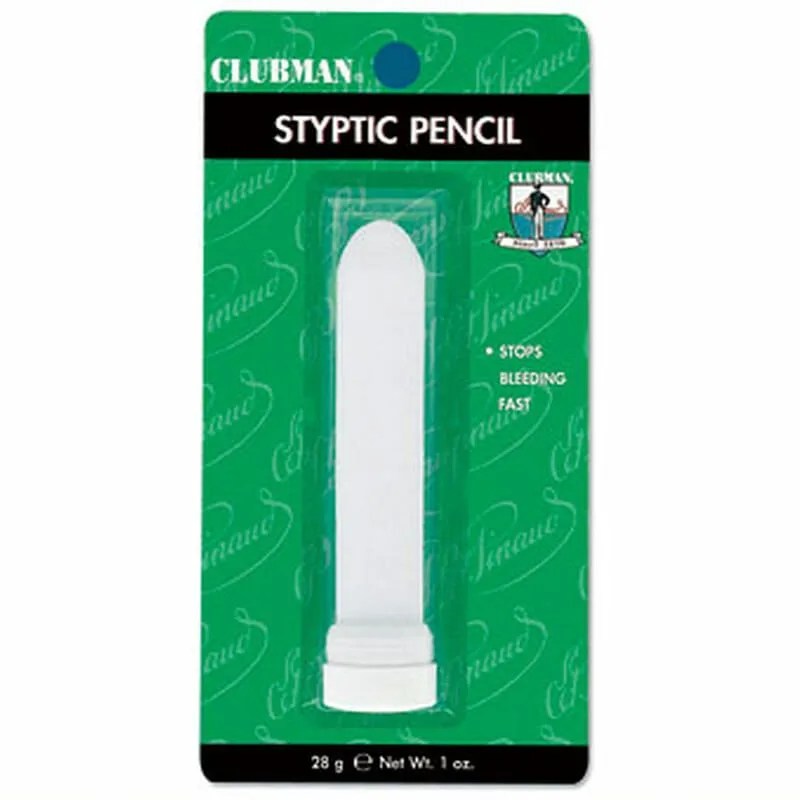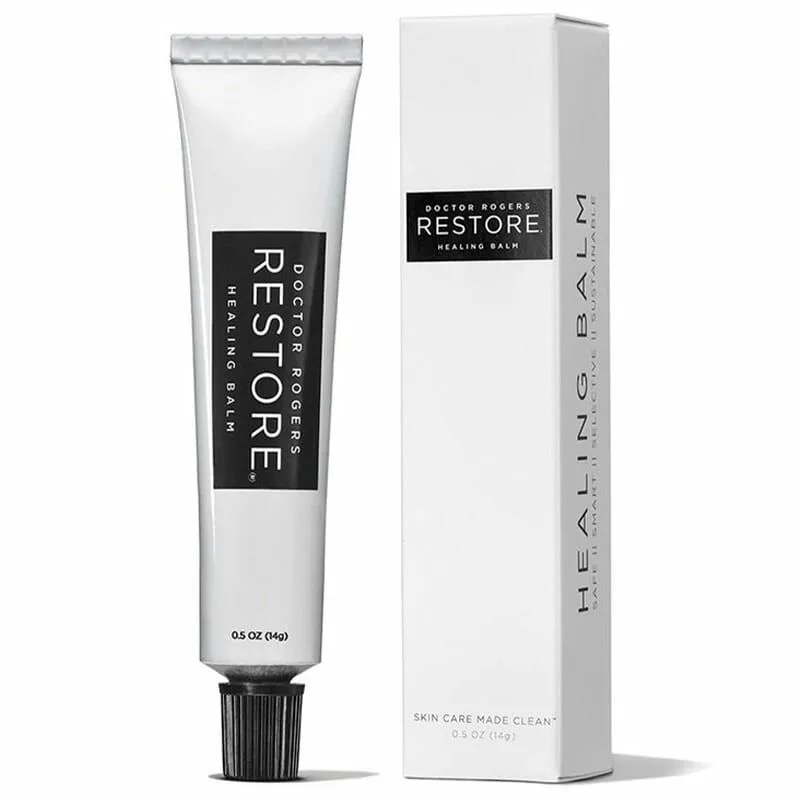No matter how often or infrequently you shave, your skin is never fully ready for that sharp blade — or 3-5 blades, if you’re using a cartridge razor. That’s also assuming your blade is sharp in the first place, because no skin is ever ready for a dull, cumbersome blade, either.
Nicks and cuts are resultant of improper preparation, hasty shave habits, poor razor hygiene and more. They’re entirely preventable, too, and the extra time and care spent will spare you the agony on the other end, not to mention the time it takes to clean up the blood and tend to the wound.
Below are our tips for preventing nicks and cuts, as well as the steps to take if you need to treat a fresh one. Act slowly with the preventative, and swiftly with the treatment. In both cases, you’re well on your way to smooth, healthy skin.
How to Prevent Shave Nicks and Cuts
Follow a full, slow shave regimen
The single best answer to this question — How do I prevent nicks and cuts? — is to practice a thorough, slow shave regimen. It starts with the pre-regimen warm-water cleanse, and the subsequent application of skin-nourishing pre-shave oil, both of which are essential in making your skin receptive to the blade, and the same for the hairs you’re about to shear. And more than all, go slow. Many accidents can be avoided by simply taking the right amount of time for each step, and making no haste.
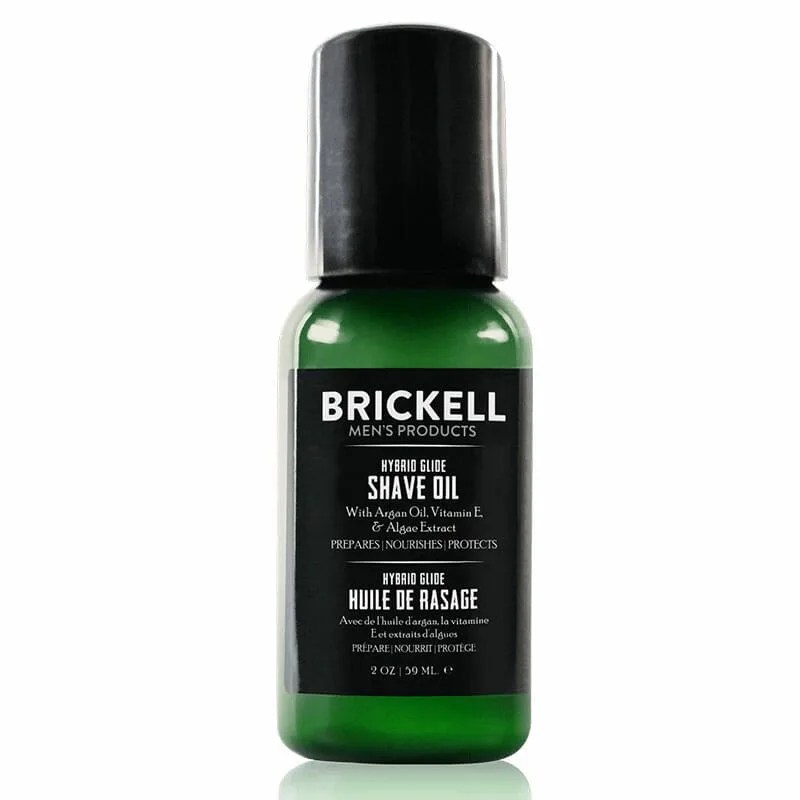
Pre-Shave Oil by Brickell $27
